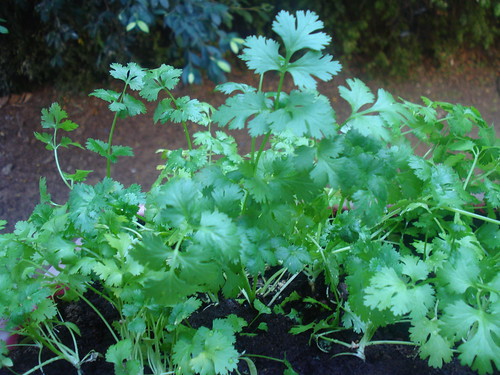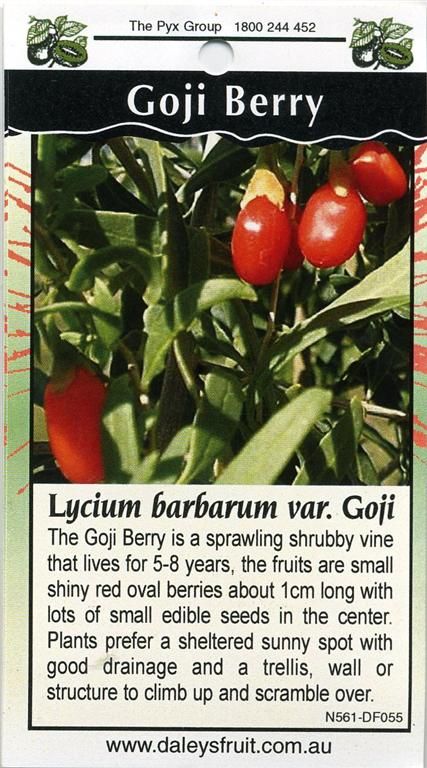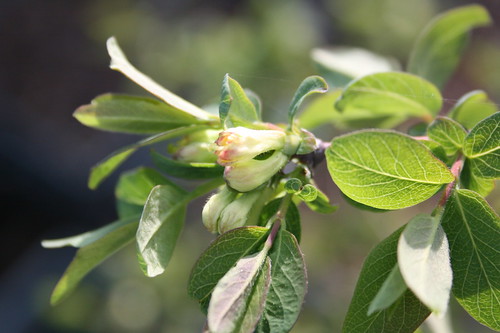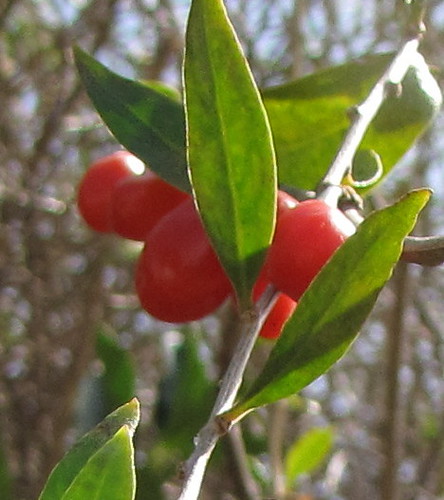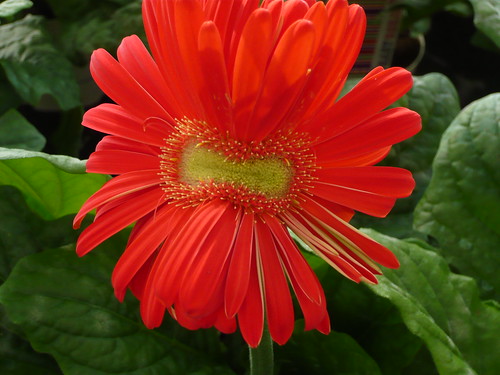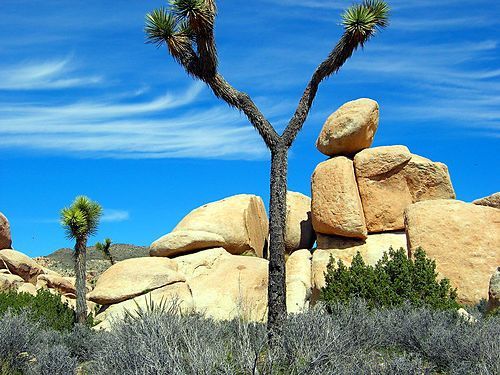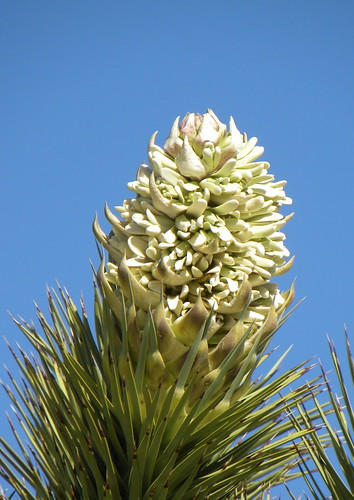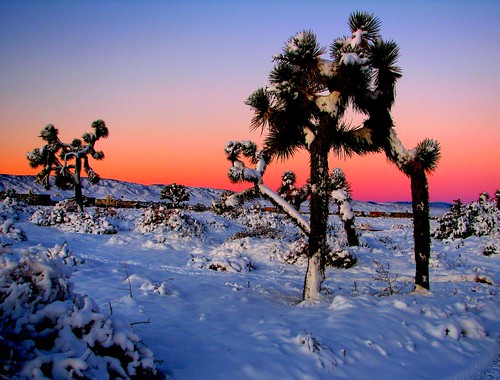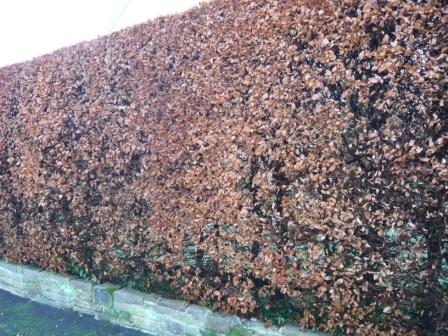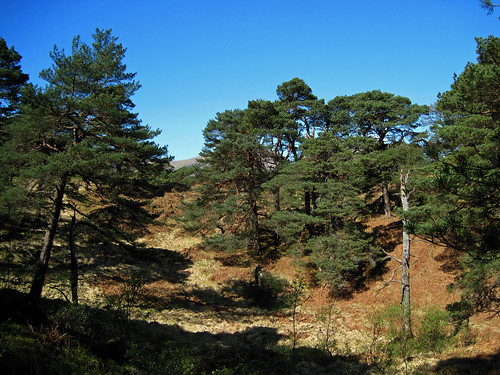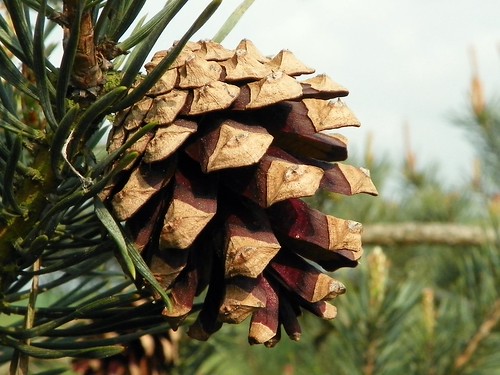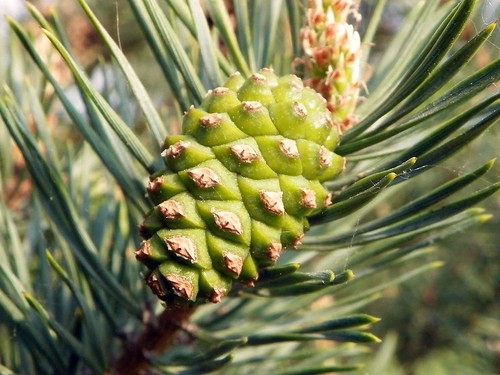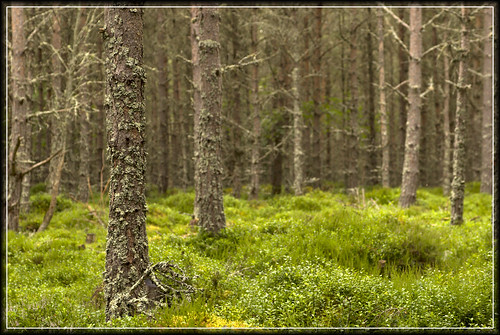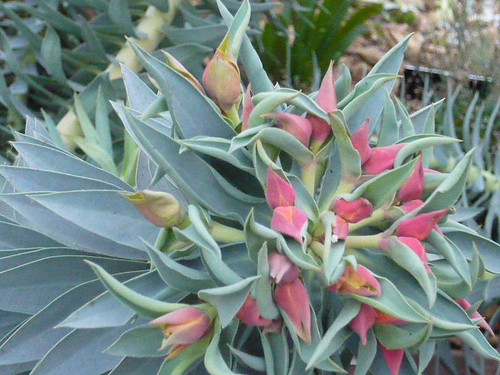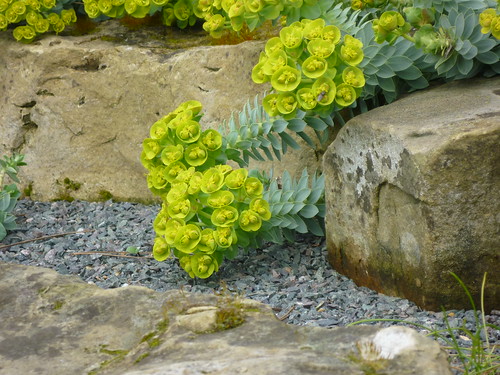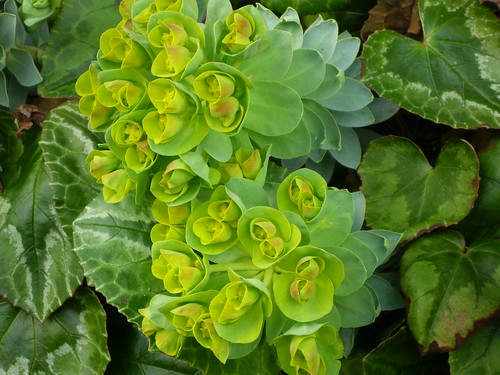Elephant Ears Bergenia Homeopathic Medicine
Bergenia or ‘Elephant Ears’ is a popular ‘weed-smothering’ ground cover plant.
The mainly evergreen, shiny leaves of Bergenia ciliata can turn red in a frost.
Bergenia Purpurea or Purpurascens are often grown in shade from shallow rooting rhizomes. The leaves can be in excess of 10″ across and resemble Elephant Ears hence the nickname.
Most varieties produce pink spike of flowers and many have interesting crinkles to the leaf edges.
Homeopathic Bergenia Medicine
- A juice or powder of the whole plant is said to be used to treat urinary troubles.
- The juice of the leaves is used as drops to relieve earaches.
- The root is used as a tonic in the treatment of fevers, diarrhea and pulmonary affections
- The root juice is used to treat coughs and colds, hemorrhoids, asthma and urinary problems.
- Externally, the root is bruised and applied as a poultice to boils and ophthalmia, it is also considered helpful in relieving backache.
- The root of this plant has a high reputation in indigenous systems of medicine for dissolving stones in the kidneys.
Always seek medical advice before using mixes of Bergenia medicine




